The 1STPlayer Steampunk 80+ Gold 750W PSU Review: A New Challenger Emerges
by E. Fylladitakis on May 12, 2020 8:30 AM EST- Posted in
- Cases/Cooling/PSUs
- PSUs
- 80Plus Gold
- Modular
- 1STPlayer
External Appearance
The chassis of the SteamPunk 80+ Gold 750W is 160 mm deep, making it a bit longer than ATX-compliant PSUs (140 mm) but still short enough to fill into the vast majority of cases (save perhaps from a few proprietary designs). Note that all designs using a >130 mm fan are longer than 140 mm, otherwise the fan cannot possibly fit inside the unit. Aesthetically, the designer did try to make the SteamPunk PSU appealing, yet not extravagant. It is an all-black design, down to the cables and connectors, with the designer applying a custom web-themed fan grill and painting the series logo on the sides of the chassis. There is no lighting, with 1STPlayer focusing on the safe bet of a subtle appearance.
The rear side of the PSU is typical, with just a simple AC cable receptacle and an on/off switch to be found next to the perforated rear side of the PSU. A large sticker with the certifications and basic electrical specifications of the PSU covers most of the top.
Modular connectors cover most of the PSU’s front surface. A basic legend and artwork is painted directly onto the chassis, which is both aesthetically better and more durable than the stickers we usually find there. The connectors are keyed, ensuring that it is not possible to insert the wrong cable into the wrong receptacle.
Internal Design
A standard black 140 mm fan without LEDs is responsible for the cooling needs of the Steampunk 750W PSU. Yate Loon supplies the fan, a very well-known manufacturer whose products are frequently found in PC PSUs. The D14SH-12 fan has a typical sleeve bearing engine and a maximum rotational speed of 2800 RPM, which is extremely high for a 140 mm fan.
The internal design of the Steampunk 750W PSU is not of a platform coming from any of the known OEMs. That is because the business group that includes 1STPlayer owns a development/manufacturing company as well (called Helly Technology), meaning that they essentially design and fabricate their own platforms. That is very interesting to us, as we get to see how a new design gets to perform against the platforms developed by the known giants in the business. The heatsinks are sizable for a PSU of this power output and claimed efficiency, leaving us wondering why the designer installed such a powerful cooling fan.
1STPlayer carefully claims that the main capacitor, and that capacitor only, is a top-quality Japanese product. Indeed, the APFC capacitor is a 450V/470μF electrolytic capacitor made by Rubycon, perhaps the most reputable of all consumer-grade capacitor manufacturers on the planet. The rest of the capacitors however, electrolytic and polymer alike, are supplied by ChengX and AsiaX. These are medium quality capacitors and not on par with manufacturers like Rubycon or Nippon Chemi-Con, but they are not of poor quality either. At this point we should note that ChengX is suffering from very poor reputation due to numerous counterfeit products that are circulating on the market.
In terms of design, the engineer(s) who made this platform kept everything relatively simple and very clean. The layout is tidy, with good component spacing and a clean assembly job. There are two input bridge rectifiers sandwiches together on their own small heatsink, followed by a typical APFC circuit. The main inversion circuitry is a half-bridge design with an LLC resonant converter, a fairly typical topology for a modern PSU. The secondary side consists of four MOSFETs that generate a single 12V line. DC to DC converters generate the 3.3V and 5V lines from the main 12V line. The secondary PCB that hosts the cable connectors is directly connected to the main PCB, without any wires, minimizing losses and improving the thermal performance of the PSU.





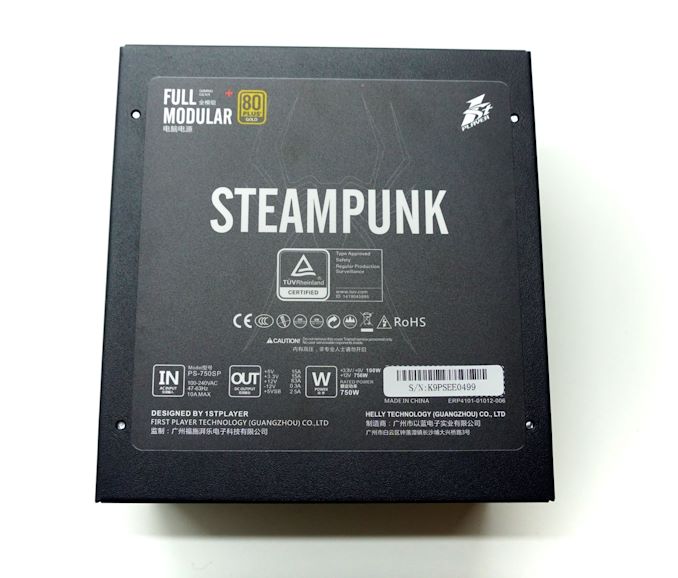
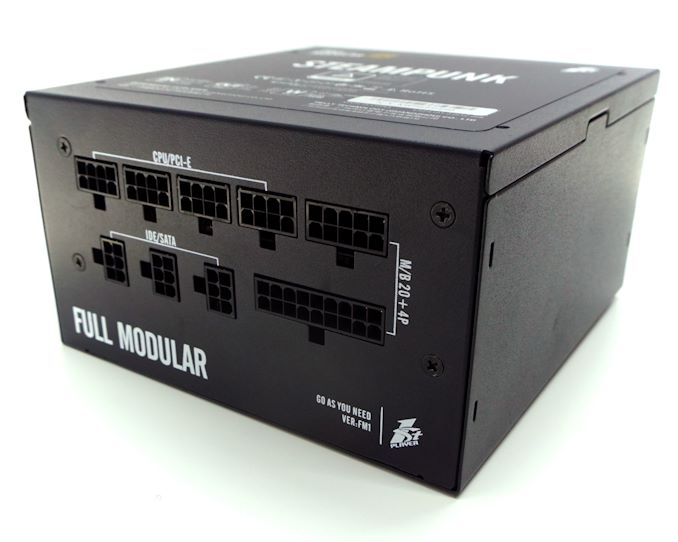
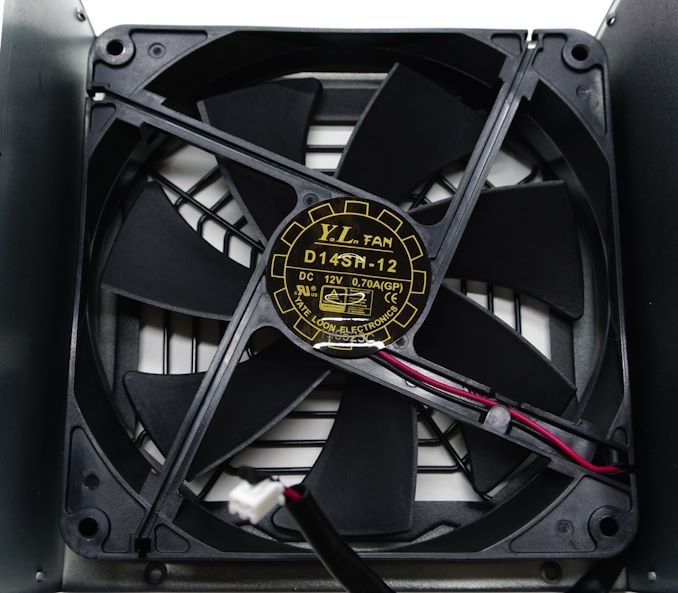
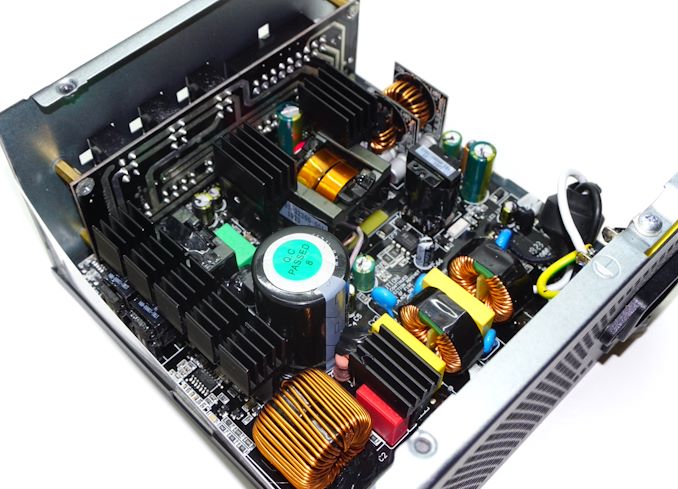
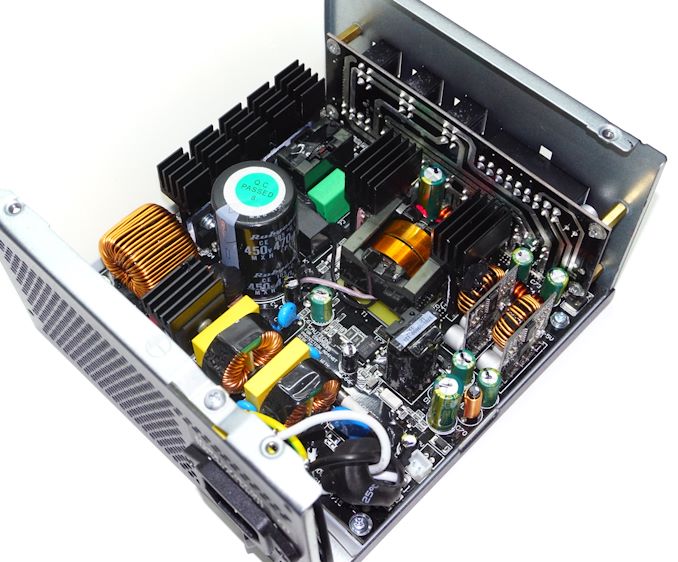
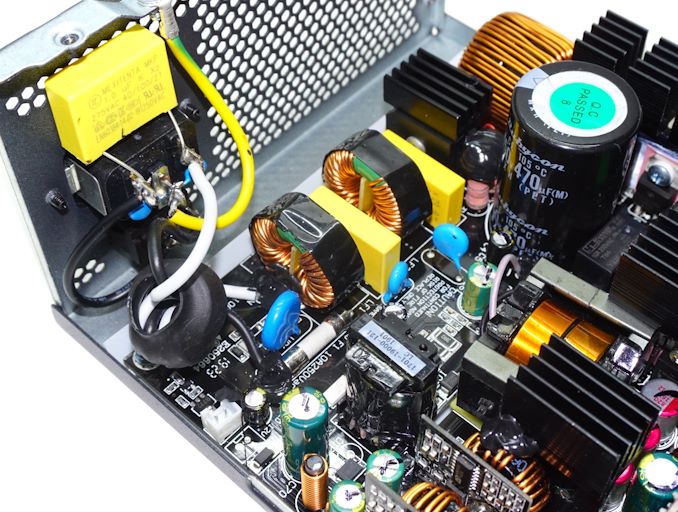
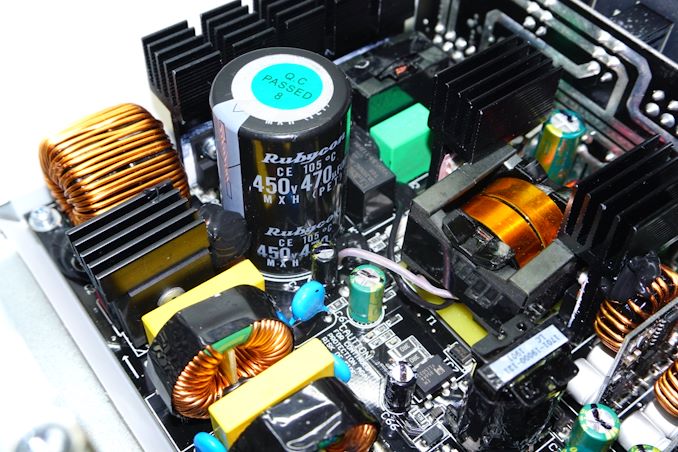
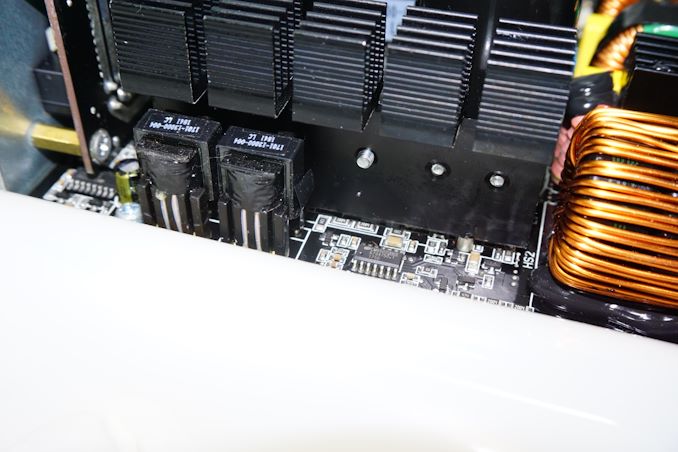









53 Comments
View All Comments
PeterCollier - Tuesday, May 12, 2020 - link
The high efficiency at low loads should help defray electricity costs with running Zen/Zen+/Zen 2 chips.Operandi - Tuesday, May 12, 2020 - link
And doubly effective when running 14nm Intel chips.eek2121 - Tuesday, May 12, 2020 - link
This PSU does not work with Intel chips. It does not provide enough power. 😉PeterCollier - Tuesday, May 12, 2020 - link
Ha! That's a good one.Deicidium369 - Tuesday, May 12, 2020 - link
Well Cheap Chinese parts tend to work best with other Cheap Chinese parts....South_DL - Tuesday, May 12, 2020 - link
Truth!Spunjji - Tuesday, May 12, 2020 - link
If you can't say something relevant, bash AMD! 😒rocketman122 - Wednesday, May 13, 2020 - link
Why the hell is it so hard to put the price in the first paragraph. Shet im getting tired of nonsense like this. I come here cause im tired of the younger crowd at th.com but then nonsense like this males me go back. And the fact reviews are not often enough. Once every 5 days to a week. Problems getting sponsored products to review?Ryan Smith - Wednesday, May 13, 2020 - link
Due to a lack of units in the US, there's currently no useful pricing available."At the time of this review, the PSU is readily available only in Asian markets. This is obviously because global shipping has been greatly affected by the coronavirus pandemic, but it makes it very difficult for us to reach a solid conclusion without knowing the retail price of the product"
StrangerGuy - Thursday, May 14, 2020 - link
Nah its because Asia is now the more critical market even before Covid. China never had the US drought of MSI B450 Mortar/Tomahawk boards during the Zen 2 launch period and AMD is more popular there than the US.